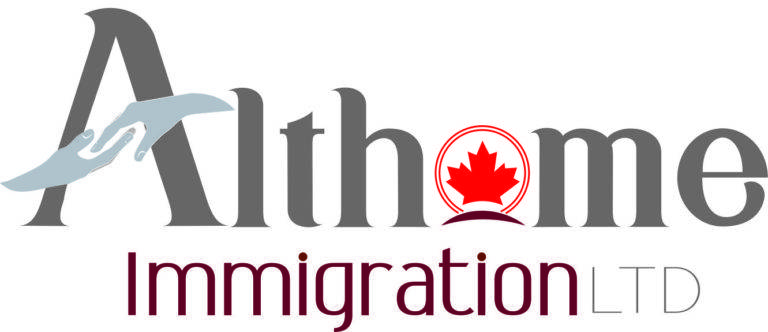Canada closed 2022 with a historic high number of newcomers following the 2022-2024 Immigration Levels Plan. In 2023, Canada is determined to continue this trend with a set goal of 465,000 newcomers.
Express Entry
This federal platform for permanent residence applications for skilled workers will remain the foremost way to move to Canada in 2023. After implementing the new TEER system, 16 new occupations are eligible for Express Entry. The first Express Entry draw in 2023 issued 5,500 invitations with CRS score of 507.
We are yet to see the new approach for Express Entry expected after Bill C-19 received Royal Assent in 2022. Under the Bill, the immigration minister has the authority to invite candidates with any in-demand skills or abilities.
Provincial Nominee Programs
PNP is, together with Express Entry, Canada’s top immigration pathway. Canada expects an increasing number of newcomers who use these programs to apply for permanent residency.
TEER
As of November 16, 2022, the new categorization representing the degree of Training, Education, Experience and Responsibilities (TEER) required for an occupation has been implemented. This system moves away from the “Skill Level” categorization to better reflect the distinctions in formal training and educational requirements.
International Students
Until December 31, 2023, certain students can work more than 20 hours per week off campus while class is in session. Find out more about eligibility by clicking here.
International Experience Canada
Canada is allowing more international youth to work and travel in Canada by increasing the number of applicants who can participate in Working Holiday, Young Professional and COOP programs by 20% for this year. Almost 90,000 young foreigners will be able to work and travel in Canada in 2023. Draws have already started this week.
As of January 2023, through a temporary 2-year measure, Canada will expand eligibility to work in Canada to spouses and working-age children through a phased approach for workers at all skill levels. Previously, only spouses and children of workers at high-skilled positions were able to apply for a work permit.
